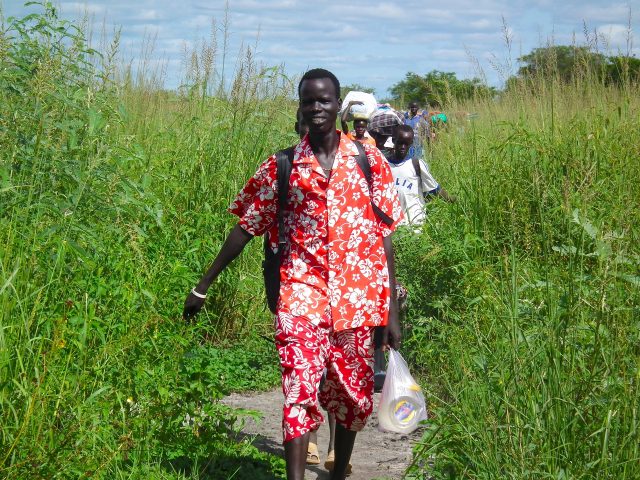The Hausa language, also known as Abakwariga, Habe, Haoussa, Hausawa, Kado, and Mgbakpa, is considered to be one of the most widely used languages on the African continent. The language belongs to the West Chadic branch of the Afro-Asiatic language family and is spoken by the original Hausa people and Fula ancestors. Despite the fact that the majority of Hausa speakers live in the northern Nigeria and the Republic of Niger, from the beginning of the 20th century, the language is also used in Sudan.
There are numerous theories concerning the origin of the Hausa language. One says that Hausa people moved west from the Lake Chad when the water level dropped. Another one says that Hausa people moved from Sahara. There is also a theory that says that before the arrival of such religions as Islam and Christianity, Hausa people shared the worship to of the sun with people of Ethiopia. Hausa people themselves say that their ancestors were Arabs. It is worth to mention that there are even some theories that can be found in Hausa folklore.
Today, the population of Hausa speakers in Nigeria is estimated at 18.5 million people. Totally, there are about 24 million people who speak Hausa as their first language and about 15 million second-language speakers. outside Nigeria and the Republic of Niger, the Hausa language is spoken in such countries as Benin, Burkina Faso, Cameroon, Central African Republic, Chad, Congo, Eritrea, Ghana, Niger, Sudan, and Togo. It is worth to mention that the language is also used as a lingua franca by Muslim populations of the West Africa.
The Hausa language is widely used in commerce, government, and the media. Despite the fact that the primary language for higher education in Nigeria is English, the Hausa language is considered to be the language of instruction in primary schools.
Also, it is interesting to note that despite the language is considered to be one of the most widely used in West Africa, it has relatively limited dialect variation. Dialects of Hausa can be divided into western, eastern and northern groups. The Eastern group includes such dialects as Kano, Katagum, and Hadejiya. The western dialects are Sokoto, Katsina, Gobirawa, Adarawa, Kebbawa, and Zamfarawa. The northern group includes Arewa and Arawa dialects. The standardized version of Hausa is based on the dialect of Kano.
The Hausa language is a tonal language. It uses high and low tone. In the written form, tons are represented by grave and acute accents. Nevertheless, tones are not represented in everyday writing.
The written Hausa uses two different scripts: Ajami script used since the 17th century and Boko script used since the 19th century. Today, the Boko script is considered to be the main one. Nevertheless, the Ajami script is still used today, mainly for writing poetry.




